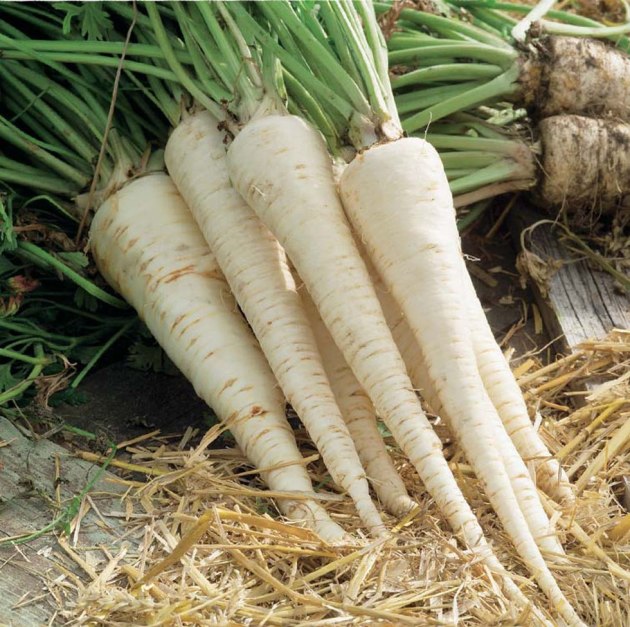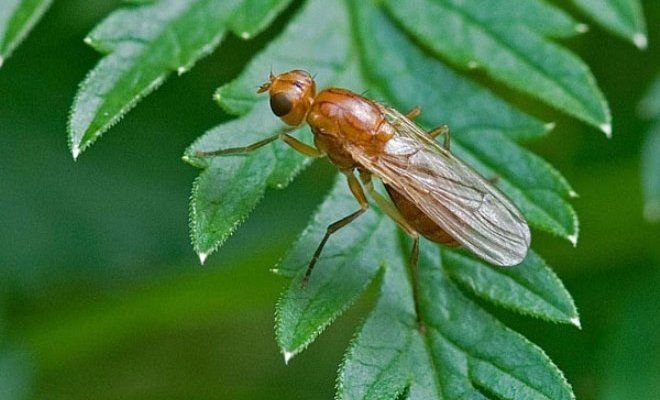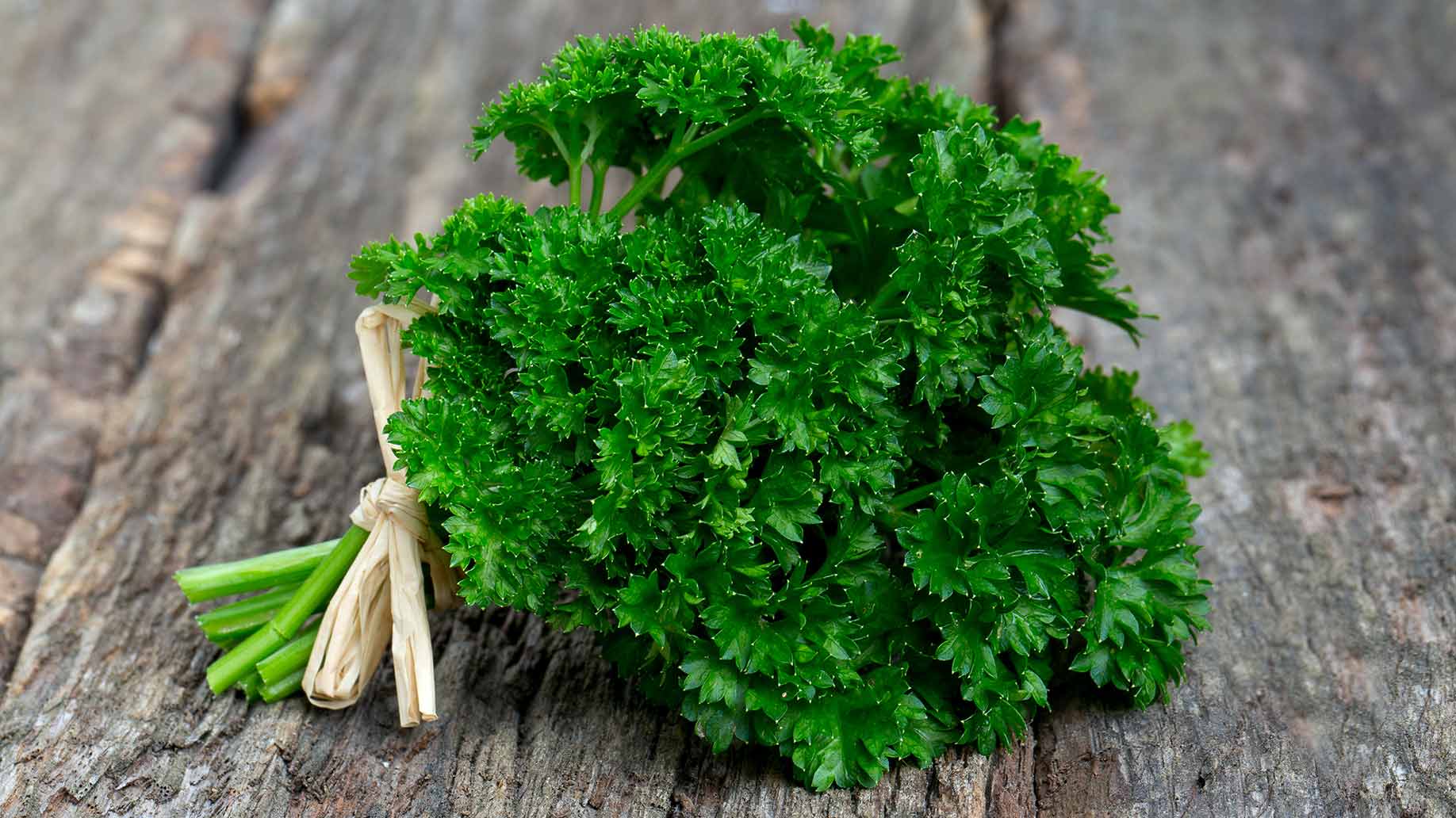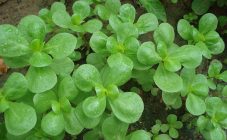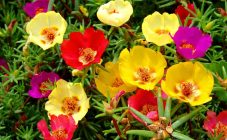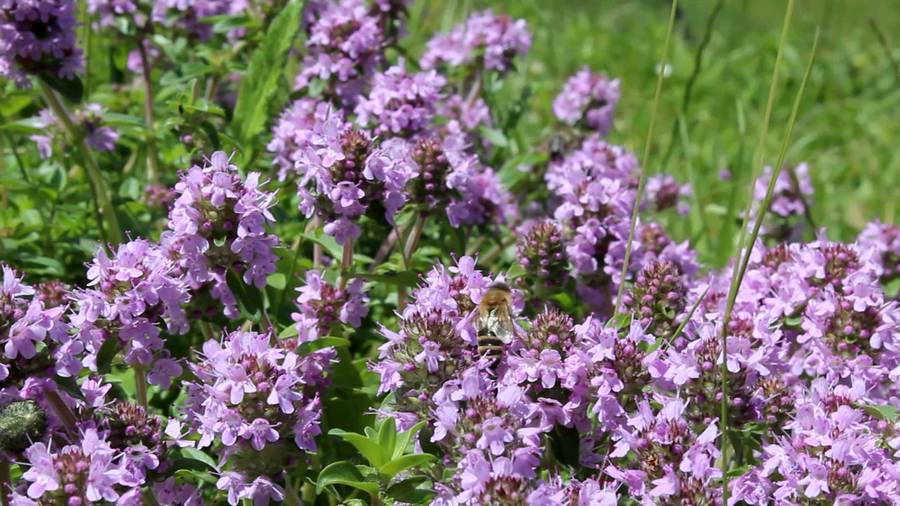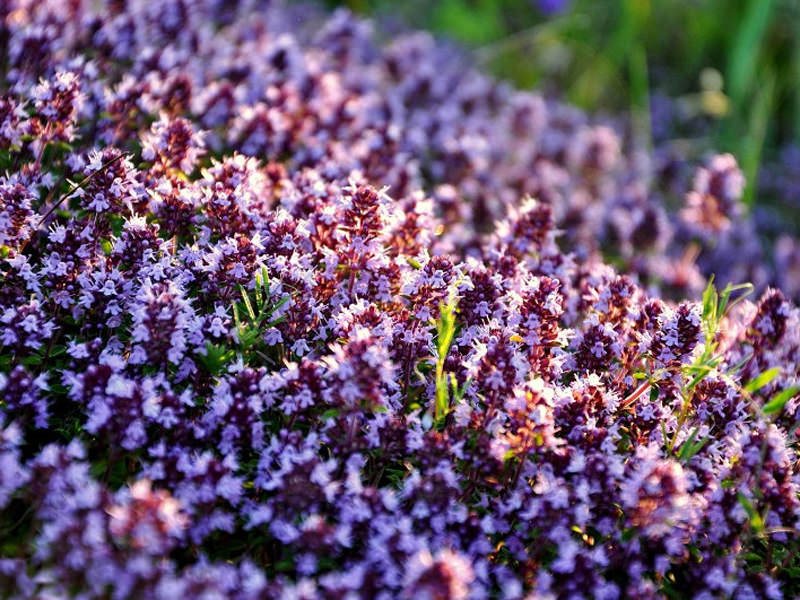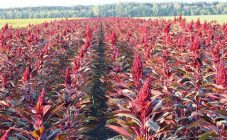Content:
Among all varieties of greens in Russia, parsley has been the leader for many decades. It is often used as an active addition to soups, main courses, baked goods, sandwiches. Parsley is frozen, dried, bleached, boiled and used raw. The plant is unpretentious in care, it can be grown in almost any region of the country. In Russia, they love this spice very much, therefore it is not surprising that a fairy-tale hero is even named in her honor.
Something about parsley
The word "parsley" itself comes from the Latin "petroselinum" and means "mountain celery". It is a small biennial plant. His family is Umbrella, class is Dicotyledonous.
For those who do not know what parsley looks like, it is worth saying that this is a short (up to 100 cm) green plant. The stems are erect, and leaves leave from them. The inflorescence on the plant appears in the second year of life. In the first year, the root system and rosette of leaves develop. The leaf itself can be twice or three times pinnate. The color is monochromatic - green, light green, or multi-colored - with a reddish tint closer to the stem and a yellowish-green tint at the end. The denticles on the leaves are hardly noticeable.
Spring is the time of the year when the plant can be sown and germinated. However, in some regions it is often sown both in summer and autumn. Sometimes a plant is planted several times in one year. The main thing in this matter is that the air temperature should exceed 2-3 degrees Celsius.
In warm regions of Russia, this useful product for humans does not have to be dug up for the winter.
Caring for parsley is not difficult at all. The plant needs to be watered from time to time, in a timely manner to deal with pests, diseases and weeds. However, even if the gardener does not look after his harvest very carefully, the parsley will still grow successfully.
The characteristic of the plant makes it clear that it can be actively grown on almost every continent, however, most often it is sown in continental Europe, in southern Canada, in the northern United States. In the Russian Federation, the curly version of parsley is sown in their garden by residents of the European part - up to the latitude of Moscow. Parsley is a little less popular in the Far East and Siberia.
In the wild, the vegetable can be found on the Mediterranean coast.
Parsley varieties and their features
Parsley can be different - the genus has 2 main types and more than 20 varieties.
Root
The first type is root parsley. Its peculiarity is a conical, thickened root and a relatively small amount of greenery. This can last longer, and is usually used for drying. There are at least 3 most popular varieties of root parsley.
Sugar
It can be used in 95-105 days from the moment of disembarkation. It has a small number of roots, but they can grow up to 30 cm.
The rosette contains approximately 20-40 leaves. Most used for its special taste.
Bordovician
Mid-season variety. Can be used for use after 120-135 days from the date of sowing.The root crop is quite massive: with a length of up to 35 cm and a weight of 180 grams. The rosette is spreading and contains from 28 to 35 leaves.
Berlin
A late variety of parsley, because it is ready for use only 150-160 days after planting. The relatively small (15-20 cm) root has a massive appearance. It is about 4 cm in diameter.
Sheet
The second type is leaf parsley. This type is often called decorative, because its leaves are especially fragrant and large. The following varieties of this species can be cited as examples.
Aster
Refers to early ripening options. Fruits (in the form of leaves) gives 65-70 days after sowing. Perfectly decorate any vegetable soup, salad or any other dish. The leaves have a wavy appearance and a dark green color, strong aroma.
Esmeralda
Mid-season variety. The rosette of the plant contains 25-30 leaves and is distinguished by short cuttings. It grows back very quickly and efficiently after cutting. The benefits of the following leaves are no less than the first. After breaking off, the leaves may not turn yellow for another 4-5 days.
Breeze
Ripening lasts more than 80 days, and therefore the variety is late-ripening. Description in specialized literature makes it clear that this is one of the tallest varieties - up to 80-100 cm in height. The mass of one plant exceeds 70 grams. It grows back quickly after cutting, and the cut branches themselves can remain green for another week. The root system is moderately developed.
Pros and cons
Parsley is one of the healthiest plants in the world. For medicinal purposes, you can use all its parts: leaves, roots, stem.
Useful composition
Parsley (the composition of the plant indicates this) is included in the list of the most useful types of greens. Answering the question: what is contained in parsley, it is worth paying attention, first of all, to the fact that not only the top of this greenery is vitamin, but also other parts, including those hidden in the soil.
Tocopherol, also known as vitamin E, is an antioxidant and is often used to restore capillaries. The roots of the plant contain 1.49 mcg, and parsley greens contain at least 0.75 mcg.
There are a lot of B vitamins in the plant. So, thiamine (B1) - about 0.9 mg, riboflavin (B2) - 0.10 mg.
What are the vitamins in parsley? Vitamin PP, K, A.
Garden parsley contains 22% fatty oil, and it contains:
- diosmin;
- glycerides;
- flavonoids;
- naringenin;
- glucoside;
- luteolin.
The fruits of the plant can contain from 2 to 8 percent of essential oil.
The latter, in turn, has a therapeutic effect on the human body, thanks to:
- myristicin;
- coumarin;
- allyltetramethoxybenzene;
- a-pinene;
- apiola.
In addition to vitamin C, the leaves can contain up to 0.08 mg of carotene and luteolin, the flowers contain quercetin and kaempferol, and the roots contain apigenin.
What is useful
It is difficult to overestimate the beneficial properties of parsley for the human body.
Parsley leaves have a positive effect on:
- the immune system - the process of collagen production is accelerated, the work of the glands of the endocrine system is stimulated, and protection against infections is made;
- elimination of toxins - luteolin helps to quickly remove free radicals, stimulates the metabolism of carbohydrates;
- improvement of metabolic processes - parsley and cilantro ensure the balance of hemoglobin, promote the production of red blood cells, protein synthesis;
- normalization of blood pressure - potassium reduces blood pressure;
- lowering sugar levels in diabetic patients;
- regeneration of all body cells, especially damaged ones;
- disinfection of the oral cavity - chlorophyllipt destroys bacteria, prevents an unpleasant odor;
- urinary system - histidine relieves inflammatory areas;
- vision - improves it due to the rich content of carotene;
- digestive system - regulates the acid content in the digestive tract.
The healing composition of the plant allows you to fight such diseases as: hypertension, pyelonephritis, inflammatory processes, allergic rhinitis, acute respiratory infections, arthritis, diabetes mellitus, gemological diseases, diseases of the cardiovascular, urinary systems, toxicosis, constipation.
The parsley plant affects both male and female health. So, for the stronger sex, the plant helps to improve blood supply in the small pelvis, improve the functioning of the prostate gland, and overcome impotence.
Who is prohibited
Like many other plants, parsley herb can give undesirable results in some cases. A direct contraindication is the natural plant intolerance. In some people, the smell of the plant activates the gag reflex.
Doctors do not advise using it in the following cases:
- acute cystitis;
- complicated nephritis;
- hypocalcemia;
- a history of epilepsy.
A negative effect on kidney perchymal cells can also occur in the case of excessive consumption of the plant. Another negative reaction is the movement of kidney stones. This is accompanied by severe pain.
Danger to the plant
Just like coriander, dill and other types of greens, parsley can be attacked by parasites. You can protect the crop both with the help of folk methods and chemical means.
Parsley pests
Nutrient-rich greens are loved by at least a dozen pests. The most dangerous among them should be indicated.
Melon aphid
It is a very small green insect. The female is only 2 mm long. Parasites can hibernate on weeds or in the ground. They go to open ground around the beginning of June. The pests hide mainly on the back of a parsley leaf, sucking the nutritious juice from the parsley. As a result, the plant shrivels and turns yellow.
Carrot fly
As the name implies, such an insect is not only willing to parsley, but can also destroy other valuable garden fruits. The body length of an adult insect is 4-5 mm. It can be recognized by its black body color with a greenish tint. Plants, which the carrot dry has already reached, are significantly behind in development, have black-purple spots on the leaves, then dry out. On the stems, cracks of negative impact can be noticed.
Carrot lily
Small insect with wings. It has a greenish color in adulthood and a greenish yellowish color at a young age. The bean leaf feeds on plant sap. The parsley leaves then become curved. The plant begins to grow slowly, loses its taste and aromatic odor.
Effective pest control
One of the main measures for the prevention of parsley parasites is compliance with the timely planting of the plant. First, it is imperative to dig deeply into the earth, pour boiling water over it.
Timely removal of weeds that may harbor parasites is another imperative.
A good effect is given by spraying with infusions, in particular with infusion of garlic, onion peels.Both the greens and the fruit can be protected with a solution of water and laundry soap. This liquid is a good antiseptic and perfectly destroys many insects.
An alternative option could be ordinary ash.
As for the drugs for the protection of parsley, the following have already demonstrated the greatest efficiency: Iskra Bio, Fitoverm, Karbofos, Decis (the manufacturer's website allows you to learn about the rules for using these drugs).
In summary, it should be said that parsley and celery (the difference between them is relatively small) are excellent antioxidants. They are suitable for dietary and baby food, can be used in cosmetology, pharmaceuticals. However, excess of these greens can be harmful to health, and therefore you need to use parsley in moderation.


